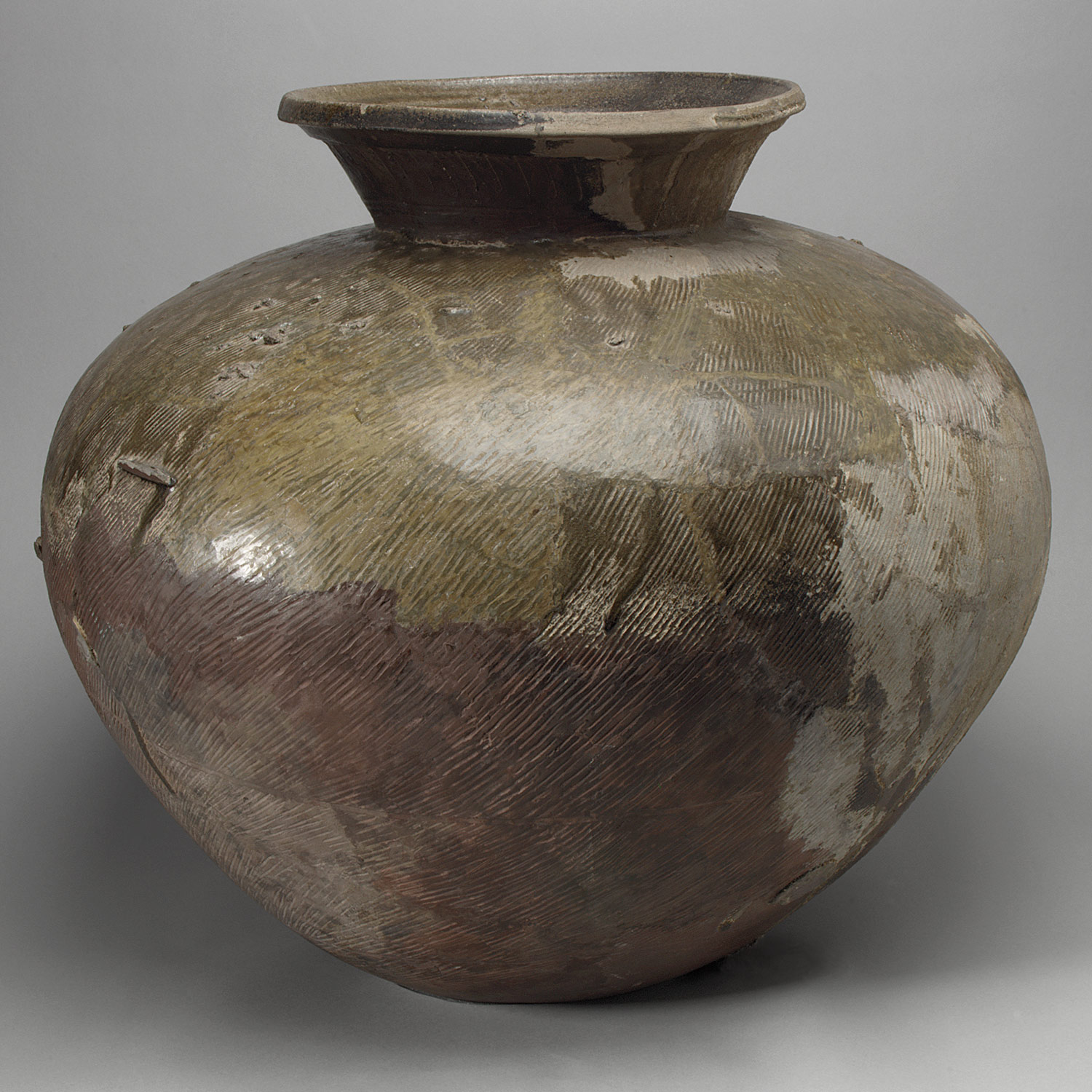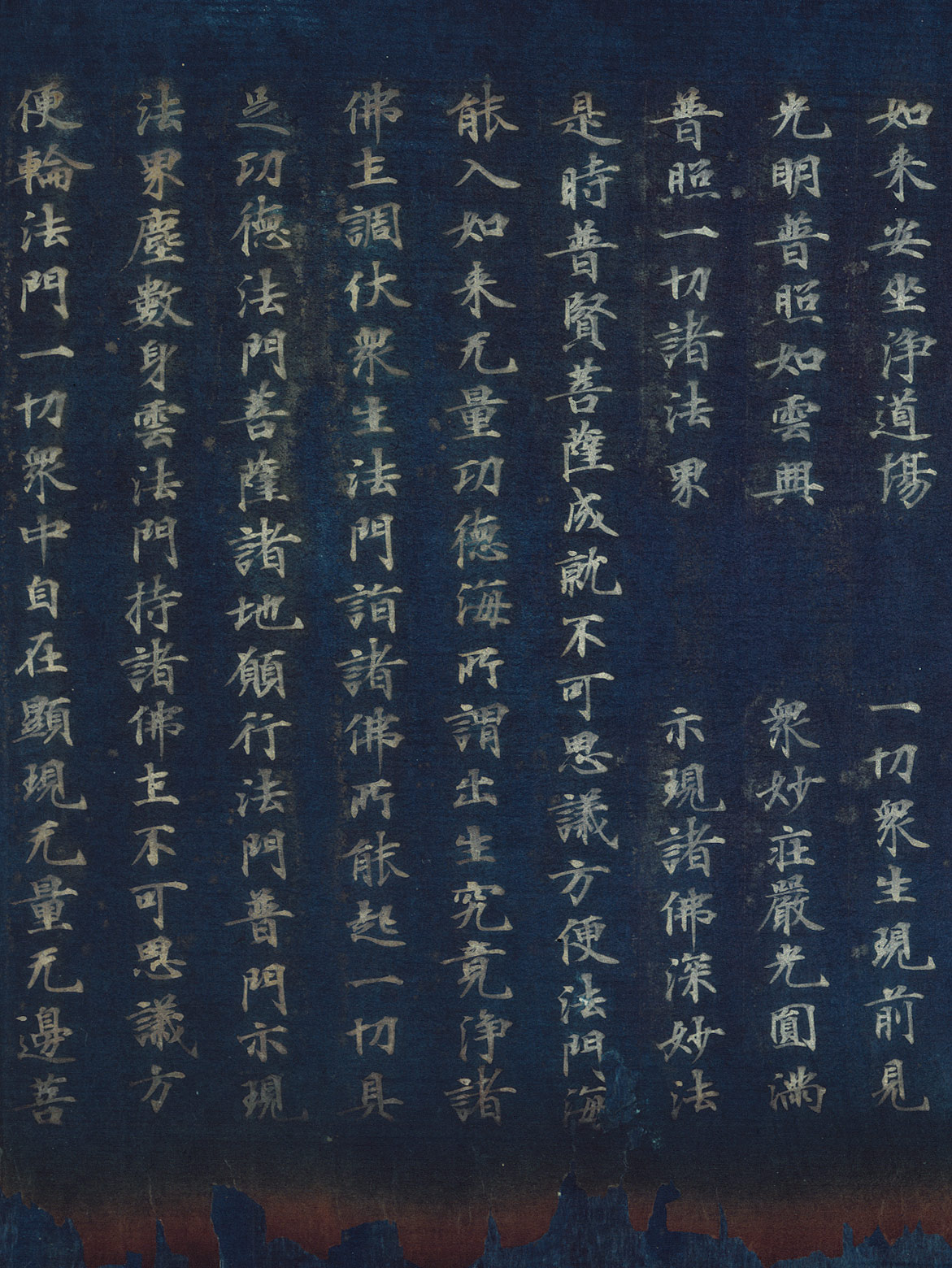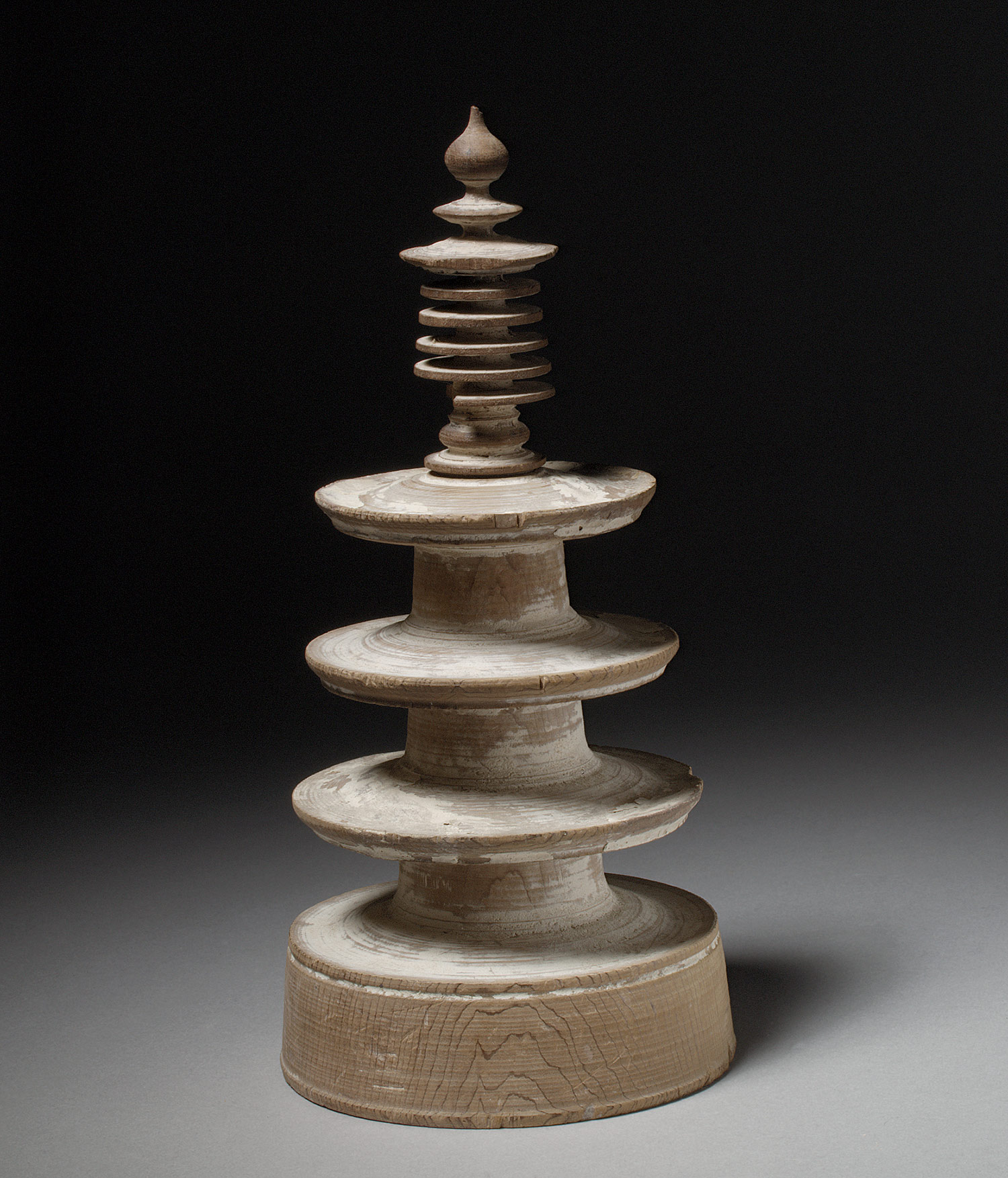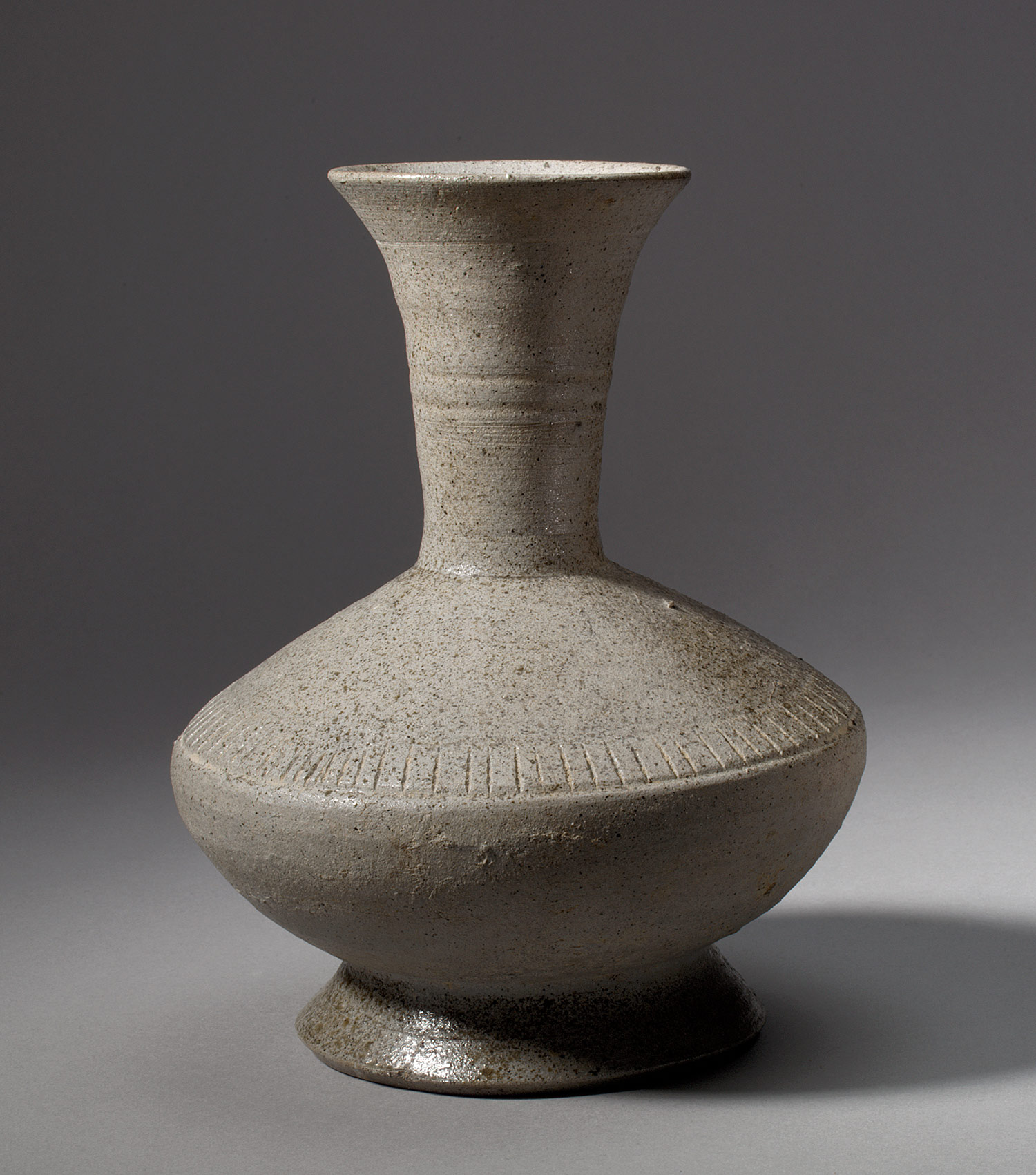





- Slideshow 1
- Slideshow 2
- Slideshow 3
- Slideshow 4
Related
Japan's first historical epoch–the Asuka period, named for the area near Nara where the court resided–coincides with the introduction of Buddhism into the country. This new religion contained many ideas and images that were radically different from the concerns of native Shinto. Along with Buddhism, other important foreign concepts and practices, including the Chinese written language, the practice of recording history, the use of coins, and the standardization of weights and measures–all of which supported the creation of a single-ruler state based on the Chinese model of a centralized, bureaucratic government–were imported from China and Korea. Taken together, these imports had a profound impact on all aspects of Japanese society.
Until the eighth century, a new capital city was founded and a new imperial palace constructed each time a new emperor succeeded to the throne. The reorganization of the Japanese court into a more complex system based on the Chinese model, whereby the emperor ruled the entire country through hand-picked governors who administered laws and extracted taxes, intensified the desire for a permanent capital. Heijokyo in Nara was chosen to serve this purpose in 710. Also inspired by Chinese precedent, Japan's first histories, the Kojiki and Nihon shoki, were compiled at this time. Chinese precedent can again be seen in the decision by the Japanese court to adopt Buddhism as the official religion and begin the faith's most active period of imperial patronage, constructing large temples in the capital, as well as many others in the provinces throughout the country.
Only three-quarters of a century after Nara was built at enormous cost, the capital was moved again, motivated at least in part by a desire to escape the burdensome pressure of the Buddhist temples, which had grown wealthy and powerful. The excessive influence and avarice of the Buddhist establishment, the imposition of heavy taxes of rice, products, and corvée labor, and an increase in challenges to the authority of the central government by provincial officials led to social and political unrest in the last decades of this period.





 Timelines (3)
Timelines (3)
No comments:
Post a Comment